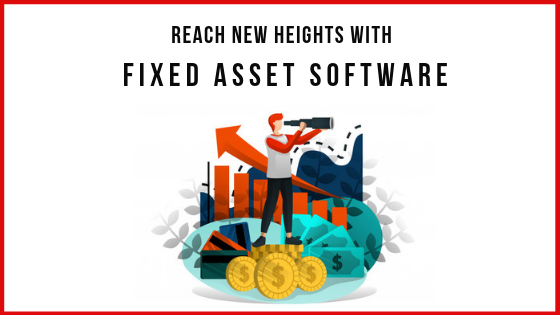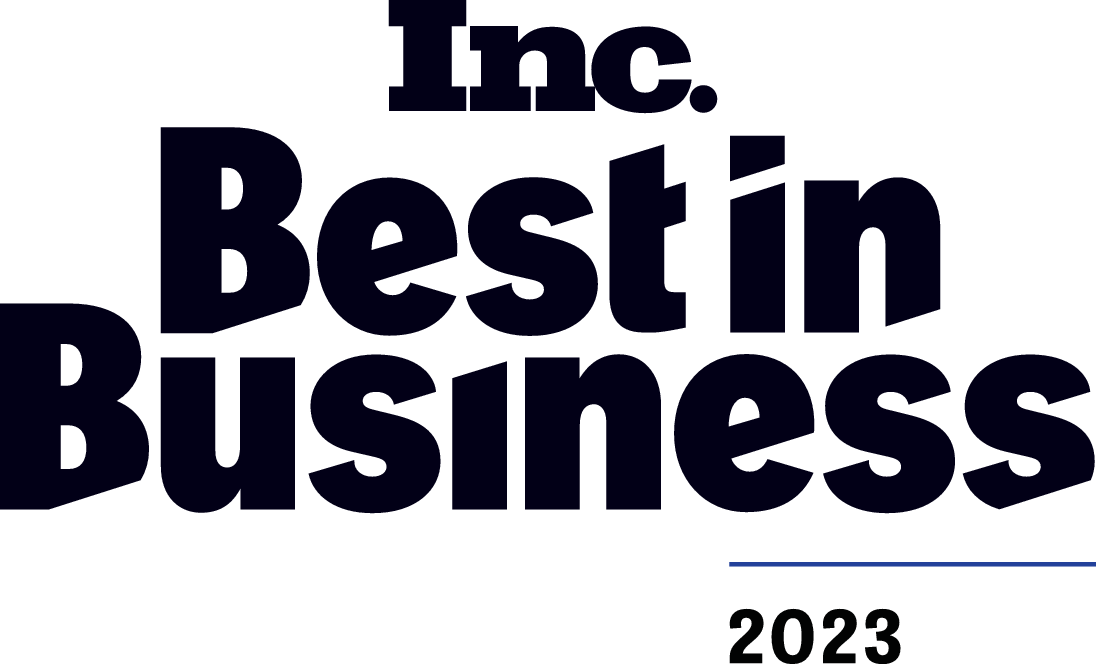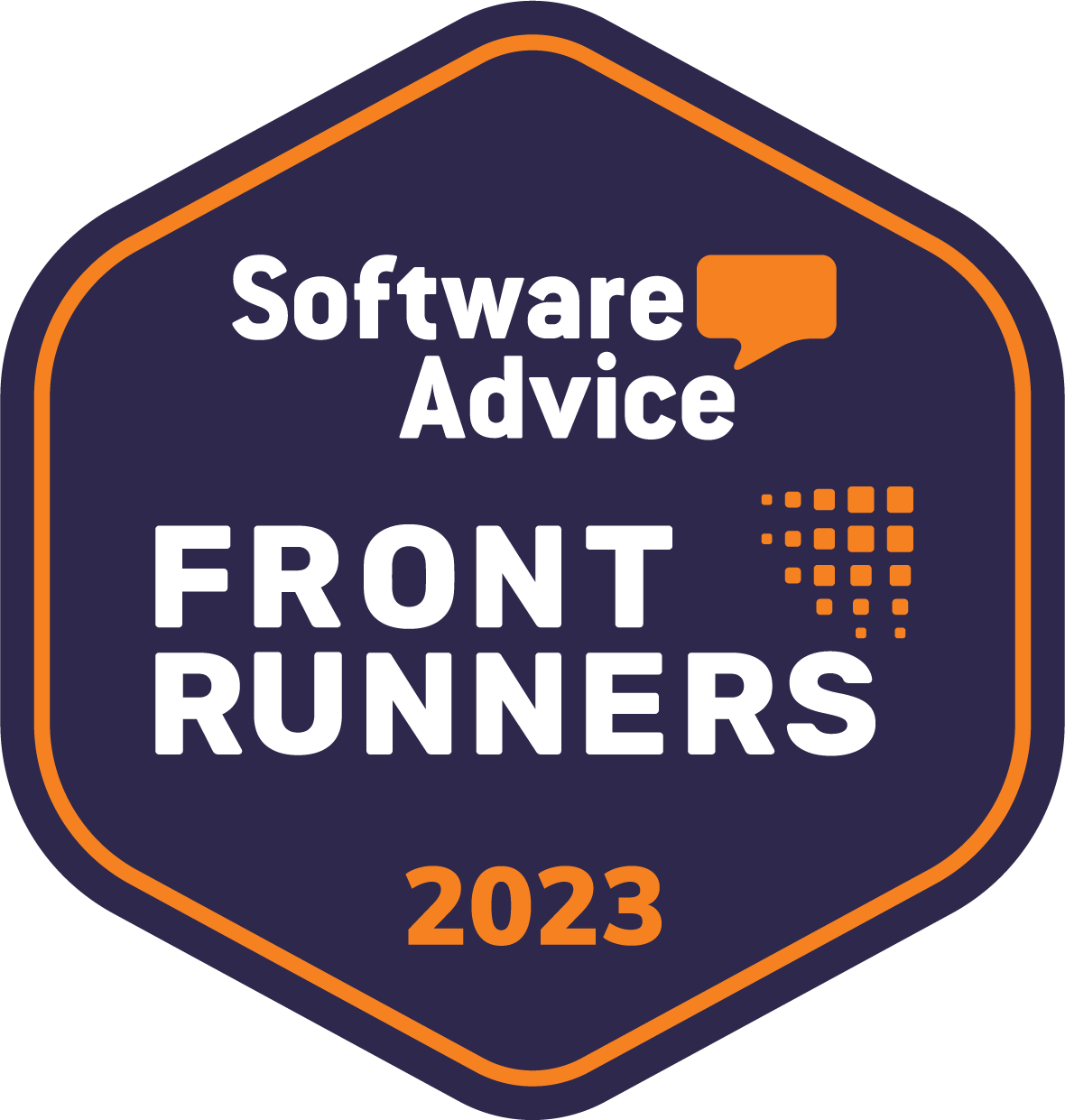What are fixed assets?
Fixed assets are assets that have a useful life of more than a year and are acquired for long term use. They are neither sold off after one year nor consumed by the organization like most short-term inventory.
Reliable documentation of fixed assets is necessary for forecasting and maintaining a company’s financial records. Fixed assets are often subject to wear and tear during usage
Businesses use fixed assets to run many operations. They normally classify them into the following categories for bookkeeping purposes.

- Buildings: This account includes the cost of purchasing a building or constructing one for official use.
- IT equipment: This usually covers a wide range of computing devices such as routers, servers, hard disks, and personal computers. This category also includes enterprise software solutions that may be used to manage company data.
- Furniture and fixtures: This category covers furnishings like storage shelves, cubicles, desks and chairs. A broad range of fixed assets fall under this category.
- Land: The only asset which is not subject to depreciation is the land which has an indefinite useful life. This category also includes expenses incurred to prepare the land for its intended use.
Fixed assets are not just limited to the categories mentioned above. They can include other items based on the workflows and the nature of your business. To derive maximum returns, spot functional errors, and make the best use of these assets, it is important to categorize them in the correct financial accounts.
Challenges in managing fixed assets
The key to successful business operations is to invest in the right tools and manage how well you store and use them. With poor asset management, you’ll find confused employees and skewed numbers in your record. Both of these are a sure way to lead your business to failure.
Thus, it is imperative to have a well-grounded fixed asset management strategy so you can streamline your business operations and improve productivity.
Businesses managing their fixed assets manually is quickly becoming an ancient practice as more and more people opt for digital solutions. But while businesses are evolving, many companies glued to outdated manual methods of asset management still face the following challenges.
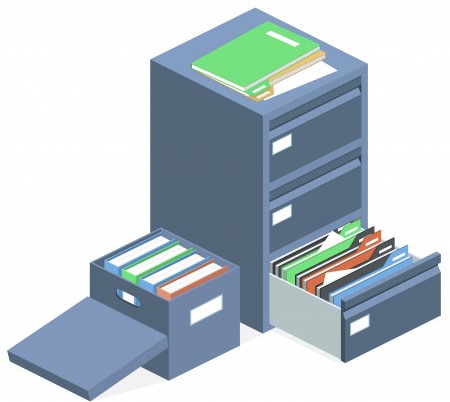
- Endless paper trails: Companies that use manual methods to record data find it hard to keep track of all their assets. Updating asset records
is also tedious and time-consuming when you’re doing it with a paper trail. - Increased downtime: Poor asset management practices mean not scheduling fixed assets for regular maintenance. This bleeds into increased equipment downtime and lower productivity.
- Inconsistent records: Lack of a central system to record asset information creates confusion. Employees may clock in duplicate information in different files or even miss out on some.
- Stock imbalance: With manual methods, it is hard to trace utilization patterns for each asset. This can adversely impact demand forecasting and result in inadequate stock levels. Incomplete usage data also leads to questionable accountability.
Automating your asset management processes frees you from these challenges. You can make use of a comprehensive fixed asset software solution to upgrade your management techniques.
Boost the overall performance of your business with fixed asset software
Fixed asset software comes saddled with special features to cater to the needs of different organizations. It also offers data backups in the cloud. This can improve the security of your asset information and prevents the risk of unauthorized breaches.
Here are some features of fixed asset software that can further solidify your business operations.
1. Recorded check-ins and checkouts allow strict vigilance of assets
It is common practice to check out assets to employees for office use or off-site projects. An example of this is the healthcare industry, where doctors and staff workers use different diagnostic equipment. If you do not record checkouts properly, such items may get lost or stolen. Theft of assigned items rose to $11 million to 2014.
Cloud based fixed asset software helps you clock in asset check-in and checkout details. It records asset identification numbers and employee IDs so you can trace down who was responsible for misplaced items. Fixed asset software allows strict vigilance of your assets so you can store and use them in a safe manner.
2. Barcodes allow companies to track asset location
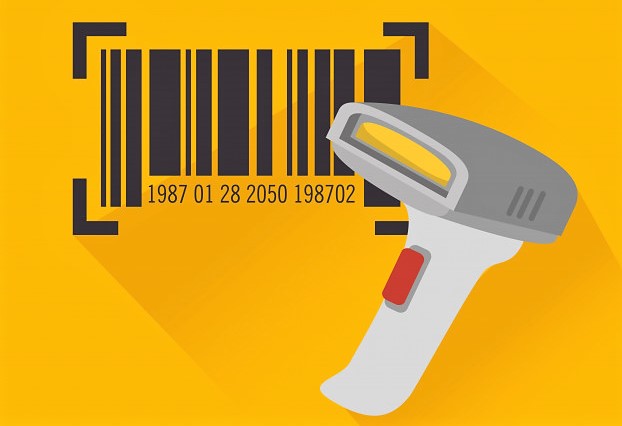
Retail and distribution businesses deal with thousands of fixed assets like warehouses. It is important to track the location of these warehouses and the number of smaller assets they house. Using barcode labels greatly streamlines this process. Fixed asset software allows you to create barcode labels for your fixed assets.
Let’s say when you purchase a piece of furniture for a warehouse, you can scan its barcode and check it in against the warehouse location. Fixed asset software also allows tracking of asset movements when you shift them from one warehouse to another. This ensures higher visibility of all your assets.
3. Lifecycle management helps keep tabs on depreciation
One of the crucial aspects of fixed asset management is to track depreciation of all your fixed assets. Fixed asset software lets you closely monitor different stages in the useful life of an asset.
It helps you oversee how your assets are deteriorating and notifies you when their maintenance is due. This enables accurate depreciation calculation so you can schedule repair sessions and keep your fixed assets in top shape.
4. Recurring services help reduce equipment downtime
Most fixed asset software solutions allow you to schedule equipment for future maintenance as soon as you purchase it. This feature comes extremely handy for fixed assets whose financial value needs to be regularly adjusted based on their useful value.
Scheduling for regular service sessions also drastically decreases your equipment downtime; it keeps your operations up and running.
5. Availability overview of assets prevents conflicting reservations
Expensive capital goods are often limited in number. Due to unavailability of certain fixed assets, you may be forced to cancel or postpone business events. Fixed asset software gives you access to a dashboard calendar to display the current status of all your items.
With an availability calendar, employees know which items are available for use so they can book them for future projects. Availability overview of your fixed assets prevents conflicting reservations and delayed projects. It helps you avoid last minute inconveniences and saves time.
6. Regular audits ensure compliance
Asset audit is a key business function. It is carried out for two basic purposes. First, it helps you meet federal accounting and business regulations. Second, it allows you to revisit your financial records and spot fraudulent activities or anomalies.
Fixed asset software is armed with audit modules too. You can request custodians to simply acknowledge the possession of fixed assets or scan asset labels. This acts as a proof that they have the assets in hand and they are being used right. With fixed asset software and regular audits, uphold the credibility of your business at all times.
Fixed asset software gives you an all-round view of your assets
Fixed assets form a large part of a business’s capital investments which is why their usage should be closely monitored. This can be achieved with fixed asset software that offers timely updates on asset acquisition, maintenance and disposal.
Ghost assets and possible fraudulent asset misplacement may take a toll on your business. Use of fixed asset software frees you from this ruthless burden. It also allows you to conduct a thorough analysis of your business performance so you know where it stands.
Supercharged features of fixed asset software give you an in-depth overview of your business so you can make the right decisions and grow in the right direction.
Read more: Fixed Asset Accounting: Overview and Best Practices
About EZOfficeInventory!
EZOfficeInventory is the leading fixed asset tracking software. It allows you to track the depreciation, location and maintenance status of your fixed assets along with offering many other intuitive features.

